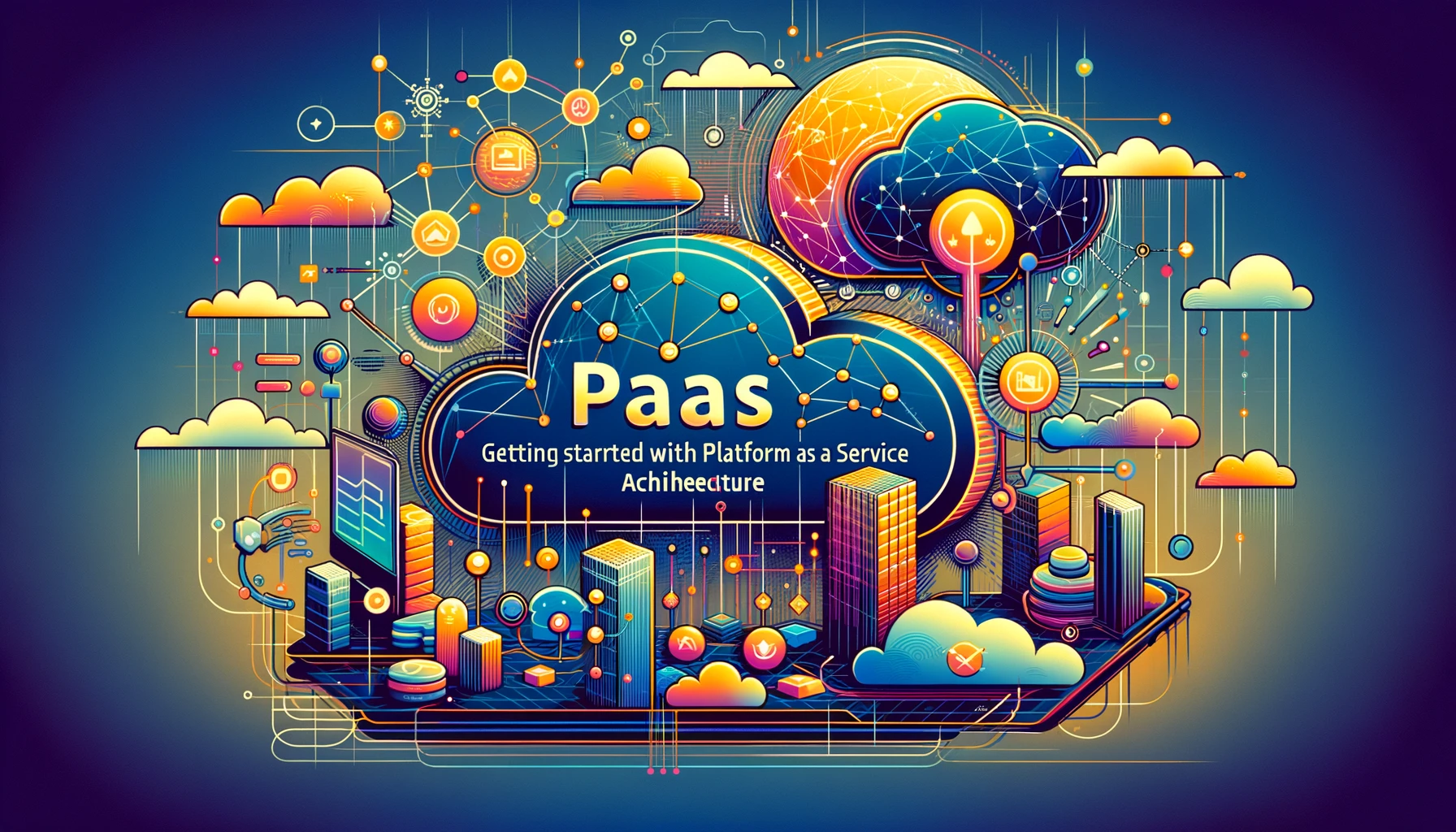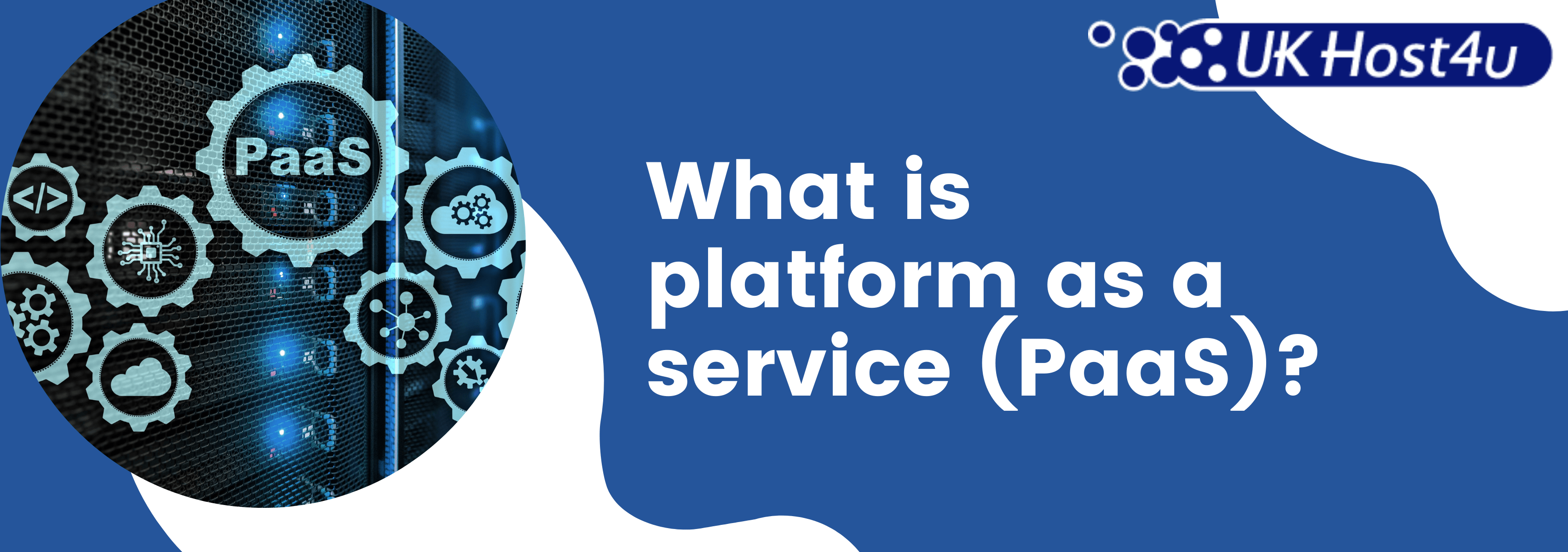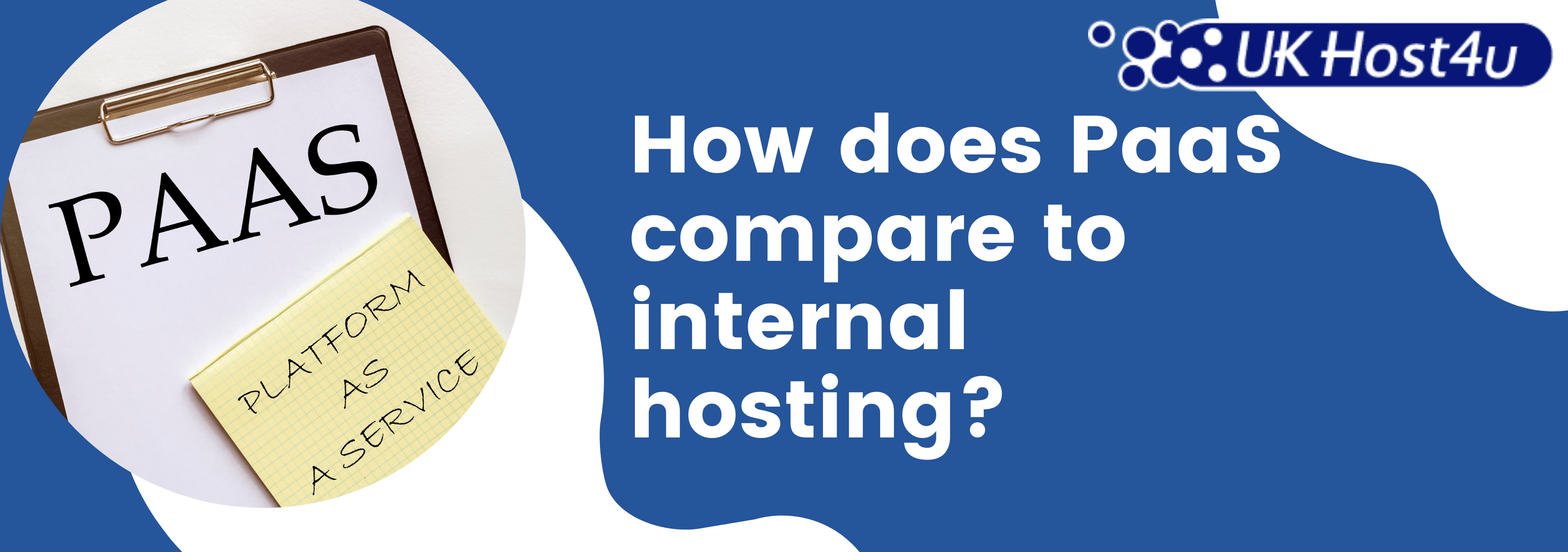Getting started with platform as a service architecture


What is Platform as a Service (PaaS)?
Platform as a Service (PaaS) is a cloud computing model that allows developers to rent the space and resources they need to build, deploy, and manage applications. Instead of building and owning the infrastructure required for these tasks, developers can adopt an agile approach, paying only for the resources they actually use.
PaaS simplifies app development by providing a pre-configured environment with all necessary tools and services. This ensures that resources are used efficiently, reducing waste and optimizing costs. Developers gain access to essential tools, frameworks, and libraries without incurring excessive expenses, enabling them to focus on coding and innovation rather than infrastructure management.
This model levels the playing field for developers, making it possible for anyone, regardless of their financial backing, to create and deploy their own applications. PaaS supports scalability, allowing applications to grow with demand without the need for significant upfront investment. This democratization of technology fosters innovation and allows smaller businesses to compete with larger enterprises.
Overall, PaaS enables a more streamlined, cost-effective, and accessible approach to application development and deployment.

What are the Models of Cloud Computing?
There are three main types of cloud computing models: Infrastructure as a Service (IaaS), Platform as a Service (PaaS), and Software as a Service (SaaS). Each model provides different levels of control, flexibility, and management to cater to various business needs.
Infrastructure as a Service (IaaS)
IaaS offers fundamental cloud-computing infrastructure, including virtualized servers, storage, and networking. It allows businesses to rent IT infrastructure on a pay-as-you-go basis, providing flexibility and scalability without the need for physical hardware investments.
Platform as a Service (PaaS)
PaaS builds on top of IaaS by providing a complete development and deployment environment. It includes infrastructure along with middleware, development tools, database management systems, and more. This allows developers to build, test, and deploy applications without managing the underlying infrastructure. A PaaS provider might own the infrastructure or rent it from an IaaS provider.
Software as a Service (SaaS)
SaaS is the top layer in the cloud computing model, delivering software applications over the internet on a subscription basis. It provides end-users with access to applications via a web browser, eliminating the need for installation or maintenance.
- IaaS: Renting the space you need to build and store your car.
- PaaS: Renting the tools you need to build your car.
- SaaS: Renting a fully assembled car ready for use.
These cloud computing models offer various benefits and can be selected based on the specific needs of your business. For more insights on cloud solutions, explore UKHost4u’s cloud services

How Does PaaS Compare to Internal Hosting?
The biggest benefit of Platform as a Service (PaaS) hosting is that it can be accessed from anywhere. With many app development teams often operating in a distributed model, being able to access and work on the app from anywhere with an internet connection offers a distinct advantage.
In contrast, paying for your own server infrastructure involves significant costs. The developer would be responsible for maintenance, updates, and upkeep, which further increases costs. Additionally, setting up internal hosting can place limits on the number of people who can access your application. These self-imposed limits may hinder growth and expansion in the future.
With PaaS hosting, there are no such limits, allowing developers to take an agile approach to app deployment. This means the same hosting package can support development, growth, and scaling without the need to upgrade any internal architecture. This flexibility not only streamlines the development process but also offers significant savings over internal hosting.
By leveraging PaaS, businesses can avoid the high upfront costs and ongoing maintenance associated with internal hosting. Instead, they can focus on developing and improving their applications, knowing that their hosting environment can easily scale with their needs. For more information on how PaaS can benefit your business, explore UKHost4u’s cloud solutions.

What are Some Examples of PaaS?
There are several well-known companies offering Platform as a Service (PaaS) hosting services. These include:
- AWS Elastic Beanstalk: Provides a scalable and easy-to-use service for deploying and managing applications in the cloud.
- Microsoft Azure: Offers a comprehensive suite of PaaS solutions to build, deploy, and manage applications.
- Heroku: Known for its simplicity and ease of use, Heroku is a popular choice for developers looking to deploy and scale applications quickly.
- Force.com: A Salesforce platform that enables the development of custom applications and integrations.
- Google App Engine: A fully managed serverless platform that makes it easy to build and deploy applications at scale.
- OpenShift: Red Hat’s Kubernetes-based PaaS platform that allows developers to build, deploy, and manage containerized applications.
- Apache Stratos: An open-source PaaS framework that provides a scalable and extensible platform for developing and managing applications.
These PaaS providers offer pricing models similar to Software as a Service (SaaS). However, instead of providing a single software package for a rental fee, PaaS provides the necessary tools and environments to create, deploy, and manage software and applications. This model allows developers to focus on writing code and innovating, while the PaaS provider handles the underlying infrastructure and operational tasks.

What is the Structure of PaaS Architecture?
The services and tools offered by PaaS vendors may differ, but in general, you can expect your PaaS environment to include the following offerings:
- Development tools
- Middleware
- Operating systems
- Database management
- Hosting infrastructure
To help you understand what exactly you are getting with the PaaS model, let’s look at each of these offerings in more detail.
Development Tools
Since the entire purpose of PaaS hosting is to help developers create and deploy apps, you can expect to find a suite of tools to make this happen. This could include source code editors, debugging tools, compilers, and everything else you might need to bring your app to life. The specific tools and frameworks available will differ by provider, but you should expect to find everything necessary to build your app effectively.
Middleware
Middleware is software that sits between the user-facing system and the machine’s operating system. PaaS typically includes middleware to help avoid the need for each developer to build it from scratch. An example of middleware would be the software required to allow computer hardware to access input from a touchscreen. The end-user doesn’t interact directly with this part of the infrastructure, but it is nonetheless essential for building and deploying apps.
Operating Systems
An application needs an operating system to run, and the PaaS vendor provides this so that developers can work on and test their applications. The OS is managed by the PaaS provider, ensuring it is updated and secure.
Database Management
Database management as part of the PaaS vendor package is another helpful tool that reduces the steps required by developers to get their apps up and running. PaaS solutions often include robust database management systems that handle data storage, retrieval, and maintenance.
Hosting Infrastructure
In addition to everything listed above, PaaS also includes all the benefits of IaaS. The infrastructure required to host and share apps is included in the PaaS model. This encompasses physical storage, data centers, and network resources. The PaaS vendor either owns this infrastructure or rents it from an IaaS provider and then resells it to the developer.
By understanding these components, you can better appreciate the comprehensive support that PaaS provides, allowing developers to focus on innovation and application development without worrying about the underlying infrastructure.


What to Look for in a PaaS Vendor
Choosing the right PaaS vendor depends on the application you are hoping to develop, how quickly you need to bring it to market, and the level of support you need to achieve this. Here are some key factors to consider:
Flexible Hosting
Look for a PaaS vendor that offers flexible hosting options so you can scale your app as needed. A pay-as-you-go model ensures that you are only paying for the resources you use, which helps avoid unnecessary costs and allows for efficient scaling as your app grows.
Round-the-Clock Support
Ensure the vendor provides 24/7 support. Whether you are in the development stage and need help with a feature or have just launched and encountered a bug, it’s crucial to know that your PaaS provider will be available to assist promptly. Reliable support can significantly reduce downtime and keep your development process on track.
Robust Security Provisions
Security is paramount when launching an app. Choose a PaaS vendor with strong security measures in place to protect your end-users from potential breaches. This includes data encryption, regular security updates, and compliance with industry standards. A secure PaaS environment allows you to focus on development without worrying about vulnerabilities.
Conclusion
Selecting the right PaaS vendor is a critical decision that can greatly impact the success of your application. By considering factors such as flexible hosting, round-the-clock support, and robust security provisions, you can ensure that your development process is smooth and efficient. A well-chosen PaaS vendor will provide the necessary tools and infrastructure to help you bring your application to market quickly and securely. For more information on finding the right PaaS solution, explore UKHost4u’s cloud services and discover how they can support your business needs.

